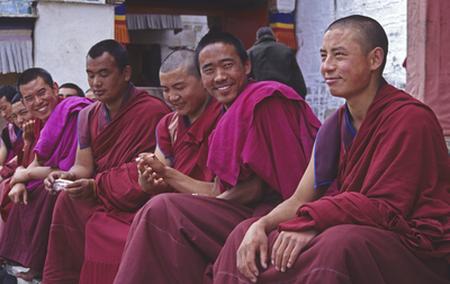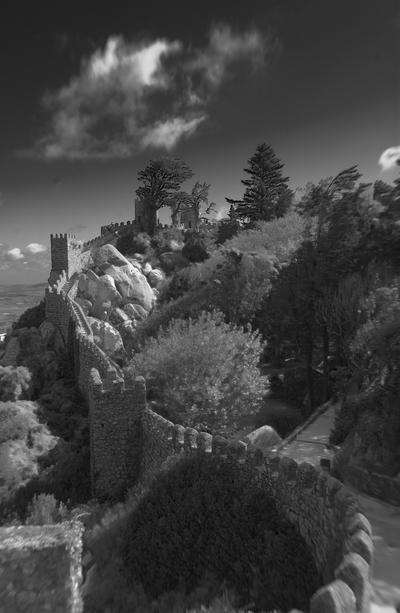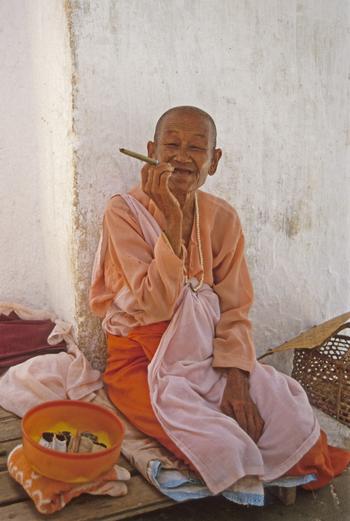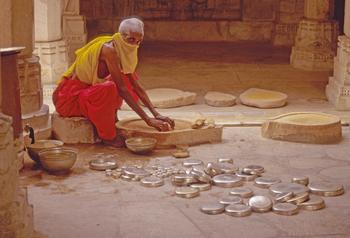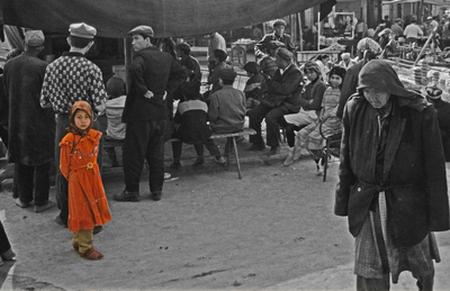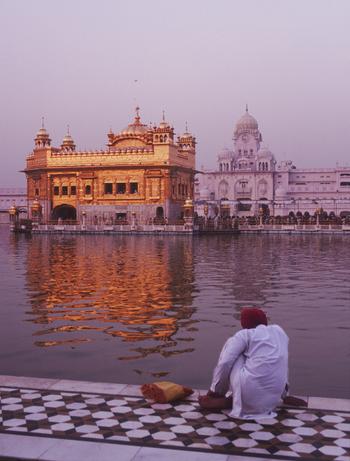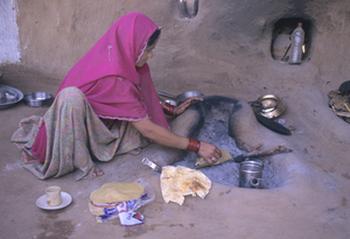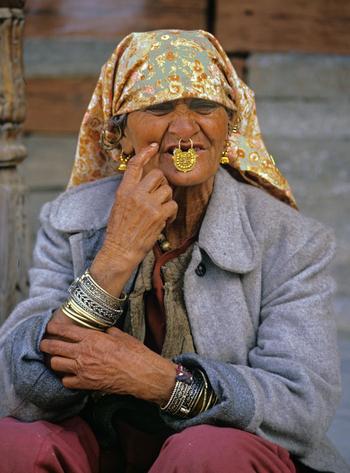Kitty Sitters – or choose your writing friends and governments wisely
This post arises from the fact that I’m leaving soon for a month in Peru, and also from recent news casts about what’s happening in Libya. With regards to the former, my biggest worry in preparing for this trip has been how to ensure my two cats are cared for during my absence. In the past when I’ve travelled for a long trip my parents have helped me out by moving in for the month or so to care for my ‘kids’ or else I’ve had a wonderful spouse to take on the chore. But this time my parents are getting to an age where travelling for cats is a too much for them, and the spouse – well, that’s no longer an issue.
So I have to find an alternative.
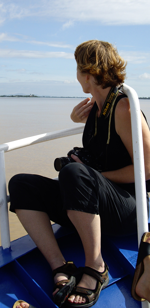
For short trips I have wonderful neighbors who come in and feed the boys and give them cuddles, but three to five days is about maximum I can leave because these cats are so darn needy of human affection. Given their high activity level, I couldn’t very well take them to a kitty resort (read kennel) because I’m sure they’d go stir crazy. I know I would, confined to a small ‘cell’. Even places that have a cat run, don’t have the space these guys need. I mean, these are cats that would explode if they were cooped up that long. Messy, I think. All that cat fur and innards splattered everywhere. They normally run circles around the house just for fun.
Luckily I’ve been fortunate to locate a lovely local grandmother who has agreed to come live with the boys for the month. She’d like to have a cat and she’d like to live in this area (her grandkids are here), so it’s the perfect arrangement. She’s come by a number of times now, just to get to know the boys and so we could check each other out. She’s even brought her grandkids with her (I fed them sugar and sent them home with her – guess I owe her an apology on that one).
Anyway, all of that effort to make sure my cats were cared for made me think of how we need to pay the same kind of attention to choosing our writing companions. I’m talking about the people we share our new writing with, whether in critique groups or one-on-one manuscript exchanges. I’ve heard a number of my writing friends (people I really admire) talk about hellish writing groups they are, or have been, involved with. Many of them tell horror stories of groups spending agonizing hours checking grammar and spelling, or fighting, instead of getting to the heart of the writing, or of writers who seem to be determined not to advance their craft, because they will not hear the advice of those farther down the road than they are. Others are caught in the myths of the publishing industry and choose not to educate themselves in what is happening to publishing at the moment and how that impacts us as writers.
Luckily, my first real writing group found me at the Surrey International Writers Conference. I ran into a work acquaintance and he introduced me to his all-male writers group, which was looking for a woman’s perspective. Good thing I got their humor, but they were serious about their writing and those friendships are some I still treasure to this day. I’ve been fortunate to be able to attend Clarion and made more friends that I still count on, and from there I found my way to Kris Rusch and Dean Smith and the outstanding cadre of writer’s they’ve created. I hope to have these friendships for the rest of my life.
What is it about these groups and individuals that are different than those other groups people have described? They are serious. They are committed. They are open minded. When they look at a manuscript they are looking at whether the manuscript works, not whether I crossed a T or put the comma in the right place. Most of all they are supportive and can not only tell me when a manuscript doesn’t work, but why it doesn’t and what might fix it. They do it in a manner that leaves me energized and ready to go back and face the rewrites. They fuel my writing and any time I can meet with this far-flung group is a VERY good day. Best of all, I think the feeling is reciprocated. We care for each other and we will help each other through the rough spots.
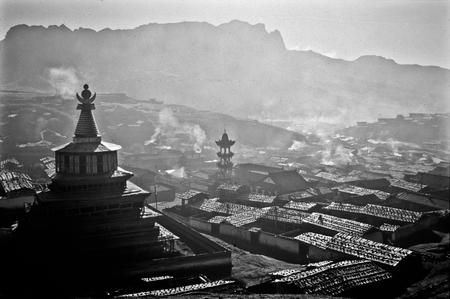
Which brings me to Libya and my trip. You see, with all the trouble in Libya – things that could not be foreseen – I find myself appalled at how the Canadian government has acted on behalf of Canadians stranded in that country. You see the Canadian government didn’t act quickly to get Canadian nationals out of the country when things blew up. Instead they’ve made excuses that they couldn’t get insurance to take a plane in to Tripoli Airport. PARDON ME? You couldn’t get INSURANCE? You left Canadian citizens to beg their way on to other countries’ rescue planes.
I’m sorry to be political, but I’m not going to stay cosseted in a country where the current Prime Minister is trying to make bureaucrats officially describe our government as the “Harper government”, instead of Government of Canada. As a traveler I try not to put myself in harm’s way, but who could predict what was going to happen in North Africa? I always thought (hoped) the Canadian government would be there for me if things went bad. Seems I was mistaken. But then this is the Harper Government.
Shame on you Prime Minister. Seems I take better care of my cats than you do of your citizens.
